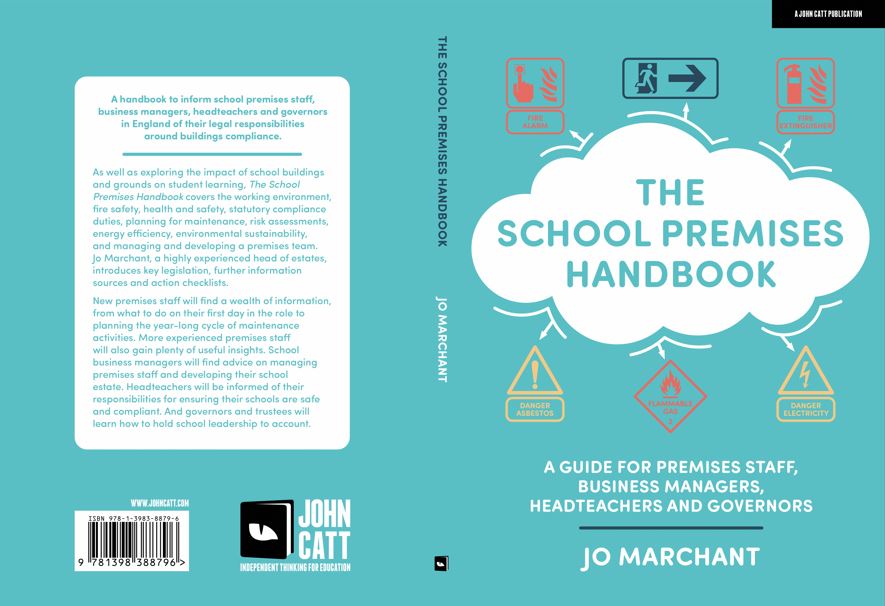
Jo Marchant, author of ‘The School Premises Handbook’, reflects on her recent experience in supporting an alternative provision with their new school build process
When school leaders get the news from the Department for Education (DfE) that they’re going to get a new school build, the feeling is one of elation and relief. That lasts until the first Client Engagement Meeting when all of a sudden, they’re sat around a table with a team from the DfE including a project director, project manager, ICT advisor, and planning advisor, as well as various other companies who are supplying the architects, technical advisor, design advisor, mechanical lead, electrical engineer, furniture, fixtures and equipment designer, cost consultant, planning consultant, preconstruction lead, quantity surveyor, and project manager. To those who haven’t had the experience, the answer to the question, “How many people does it take to build a school?”, is a lot more than you think!
If you’re the client, it can feel totally overwhelming, especially when they all start talking in a language that you don’t understand. So how can school leaders and those responsible for delivering the new school building communicate effectively? Having recently experienced this process, I thought it might be helpful to readers to reflect on what I’ve learnt. For school leaders, my advice is to upskill yourselves. All new school buildings will follow the Royal Institute of British Architects (RIBA) Plan of Work which has seven stages. There are two key documents to read. The 2020 RIBA Plan of Work template gives an overview of the seven stages from Stage 1, understanding what the client needs, to Stage 7, when the school has been built, handed over and is in use.
The other key document is the RIBA Plan of Work 2020 Overview. It’s 146 pages long but if you want to understand the process you’ll be going through to get your new building, then it’s worth investing the time up front to read it. Both documents are available free of charge from
If you work on the design and build side, you are the experts that know what the DfE’s requirements are, what legislation needs to be complied with, how to engage with the local authority planning department, and how to keep the project on track. What you won’t know is how the school for which you’re working operates because each school’s context is unique. My advice to you is to visit your client’s school and see it in operation before you start planning the design.
Find out how students and staff access the building in the morning and leave it at the end of the day. How students and staff circulate around the building. How well does their current building provide for their needs? What features are superfluous and what are missing? What are the school’s “must haves” and what is open for negotiation? There are some really basic issues that each side needs to understand. For example, the client may want vinyl flooring throughout because it’s easier to clean, but this means that the designers will need to include additional acoustic panels because vinyl generates more noise than carpet. Trees in the playground are important from a biophilic perspective, but the client will want trees that are not deciduous because of the amount of time that will be spent clearing up leaves every autumn. It is important to understand the type of dining that the client wants to deliver because “family dining” takes longer to serve and eat than students queuing up for their meal and this will impact upon kitchen design, the servery and dining furniture. In short, it’s crucial for both sides to enter into a dialogue at the earliest possible stage so the design and build side can understand their client’s aspirations for their new building, and the client can understand the constraints that the design and build side have to work to.
